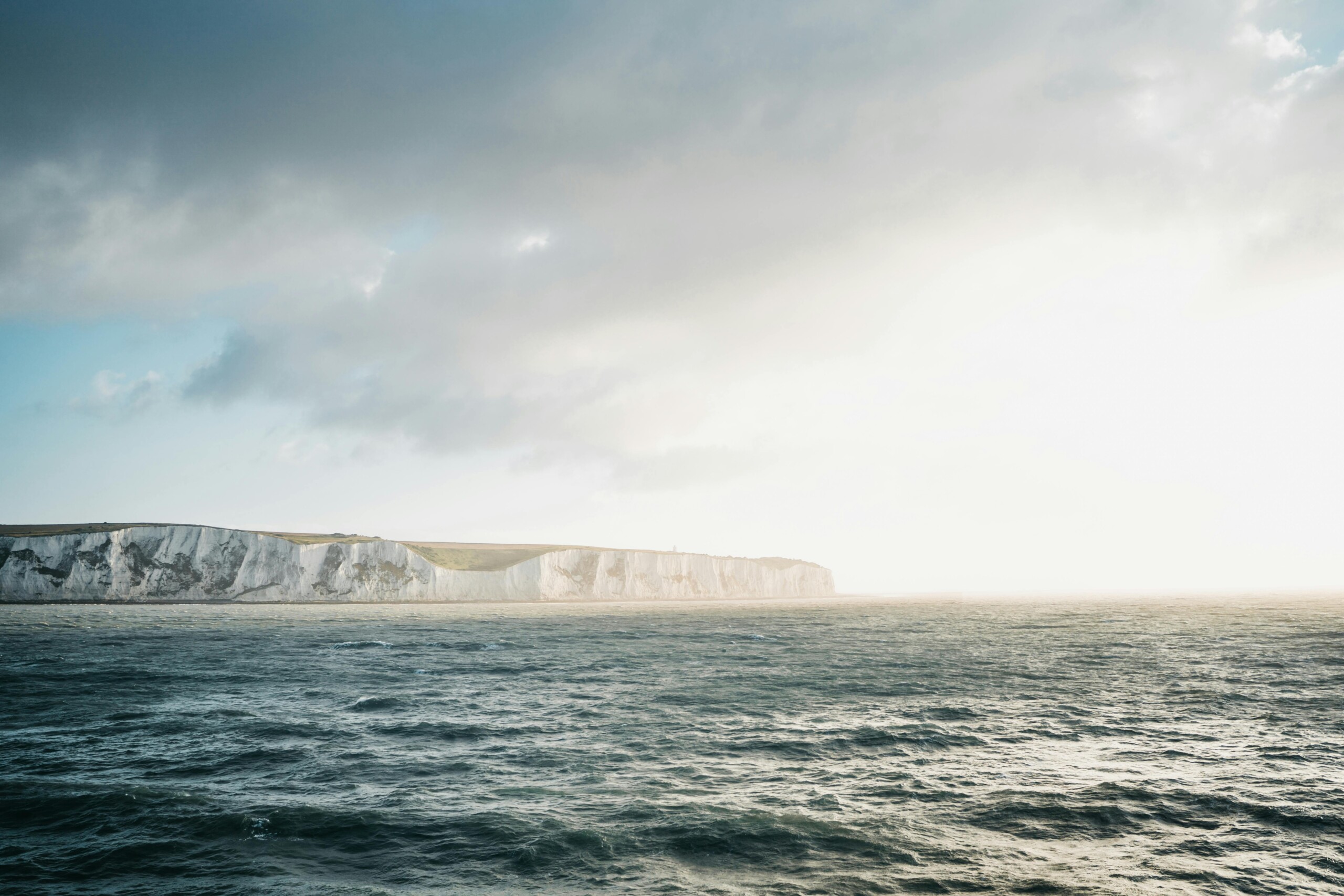
As the closest point of England to Europe, Dover played a crucial role in the times of WW2 Britain. Most importantly, it was the base for Operation Dynamo, a rescue mission which saved 338,000 British and French soldiers. The Allied troops had been stranded on the beaches of Dunkirk, under enemy fire for days before they were saved. Volunteers in hundreds of small boats sailed across the English Channel, risking their lives to bring home their boys. And after escaping Dunkirk, the White Cliffs were the first sight of safe, dry land the rescued soldiers saw. This was when the White Cliffs of Dover became a symbol of hope and home for the people of Britain.
Ever since, Dover has been a source of national pride and this can be seen in the song “The White Cliffs of Dover”. The 1942 version sung by ‘the Forces Sweetheart’, Vera Lynn, became one of the most popular tunes of WW2. It is a beautiful, powerful song, looking forward to a peaceful future and filled with hope for better times.
The full title of the song is actually: “(There’ll Be Bluebirds Over) The White Cliffs of Dover”. These ‘bluebirds’ mentioned are likely referring to Spitfires, a famous British wartime plane. Even nowadays, you can still fly over Dover in vintage WW2 planes, including Spitfires!
Recently, one of our amazing tour guides, Lucy, kindly gave her customers a live rendition of this song on our Dover and Canterbury Day Tour from London. Give it a listen and immerse yourself in the dulcet tones of a hopeful wartime Dover.
Check out the live rendition here!
Many thanks to the lovely “Messy Suitcase” who ended up capturing this special moment. We are very happy you came on tour with us and wish you all the best in your travels around the world.
Check out their blog here!
If you would like to explore the rich wartime history of Dover yourself, come with us on our amazing White Cliffs of Dover and Canterbury Tour from London. Or, dive deeper into Dover’s history in our blog! We hope to welcome you to Dover soon.
